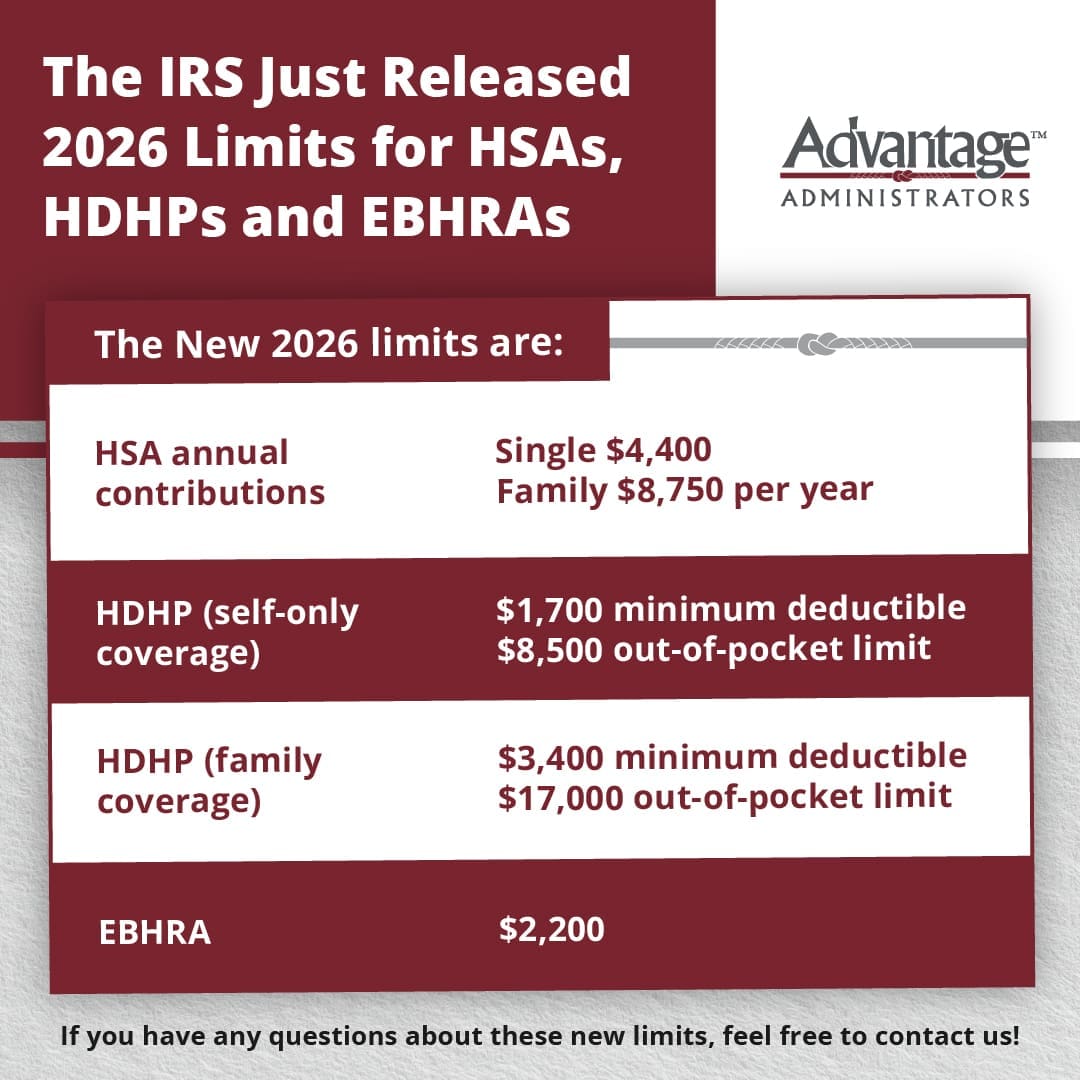Your HSA and Your Tax Return: Four Tips for Filing
The season for filing taxes is upon us once again. We’re getting closer to the deadline for filing for 2023. We wanted to share a few tips and reminders about health savings accounts (HSA) you’ll need for your tax return.
HSA Tax Prep Checklist
- Check your W-2 for HSA payroll contributions
- Get your 1099-SA form for distributions (If you spent funds)
- Report contributions and distributions via Form 8889
- Carry information from completed Form 8889 to form 1040
- Make Sure Your W-2 Form Shows HSA Payroll Contributions
A person’s W-2 shows the wages they earned and any taxes withheld. It also shows pre-tax contributions made by the employee and employer through payroll deductions. (Remember, only contributions made through payroll would show up on a W-2 – if an individual made contributions outside of payroll deductions, sometimes referred to as ad hoc contributions, they won’t be reflected and will need to be included when filing taxes.)
- Access HSA Tax Forms
A 1099-SA is the HSA tax form that reports distributions from an individual’s account. This form will be needed when filing taxes.
On the other hand, a 5498-SA reports contributions. It’s different from a W-2 because it’ll show any contributions – not just those made through payroll deductions. HSA administrators have until May 31, 2024 to issue Form 5498-SA to HSA participants. This form is not a requirement when filing taxes.
The instructions provided with each of these forms walk through which boxes reflect which information, as well as basic instructions on how to use the forms.
- Prepare to Report Distributions and Contributions Using Tax Form 8889
Form 8889 is used to report any distributions from and contributions to a health savings account. Think of this form as the place where the numbers from forms 1099-SA and 5498-SA or W-2 come together. Any distribution amounts reflected on a Form 1099-SA need to be reported on this form, where the individual will also indicate which distributions were eligible for medical expenses. Any contributions made to an HSA should also be listed on this form –the individual will then carry that information over as deduction information on Form 1040 (or the main tax form they fill out and file with their tax return).
- Make any Additional Contributions
The good news is that if individuals haven’t filed for the tax year yet and haven’t maxed out their annual contribution, they can still make additional contributions to their HSA to count toward the prior year. Normally, it’s recommended to do it by early April to be sure there’s enough time for any changes to process in the account and allow individuals to still complete and meet the tax return deadline.
PLEASE NOTE: In a couple states, HSA funds are taxed.
The information in this blog post is for educational purposes only. It is not investment, legal or tax advice. For legal or tax advice, you should consult your own counsel. To stay up to date on benefits trends and insights, subscribe to our blog.










 Flex Plans
Flex Plans Forms
Forms HSA
HSA HRA
HRA Retirement
Retirement Health Shopper
Health Shopper FSA Store
FSA Store